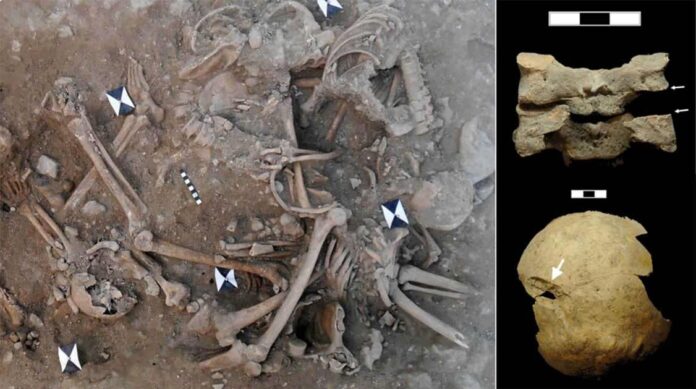Discovery Sheds New Light on Crusader History
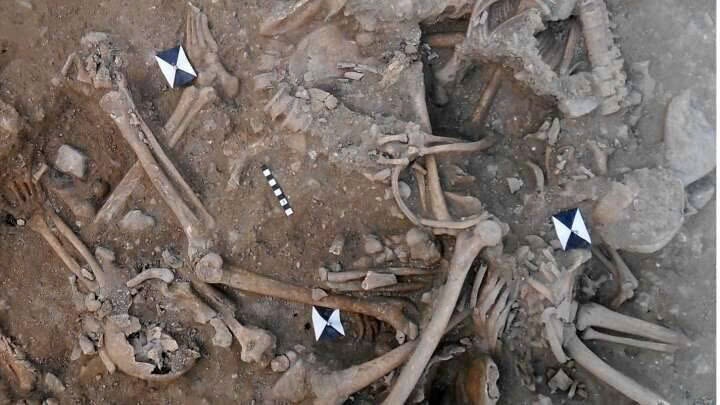
In a groundbreaking archaeological find, mass graves containing the remains of Crusaders killed in the 13th century have been uncovered in Lebanon. This discovery provides tangible evidence of the violent conflicts that occurred during the Crusades and offers new insights into the lives and deaths of these medieval warriors.
The Grim Discovery at Sidon Castle
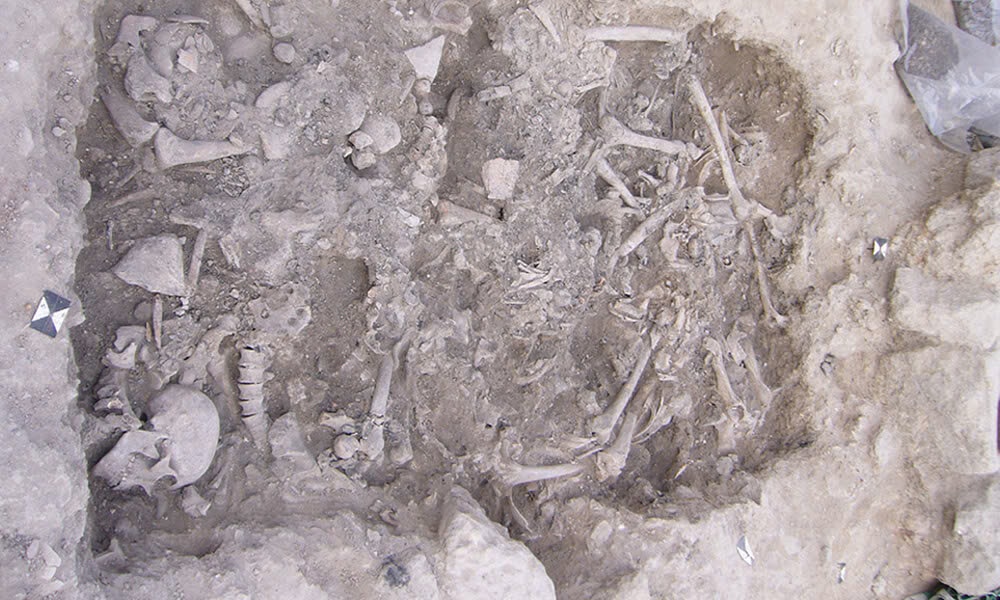
Researchers unearthed the bones of at least 25 young men and teenage boys in the dry moat of St. Louis Castle in Sidon, Lebanon. These remains, bearing marks of violent combat, paint a vivid picture of the brutality of medieval warfare.
Unveiling the Crusaders’ Origins and Fate
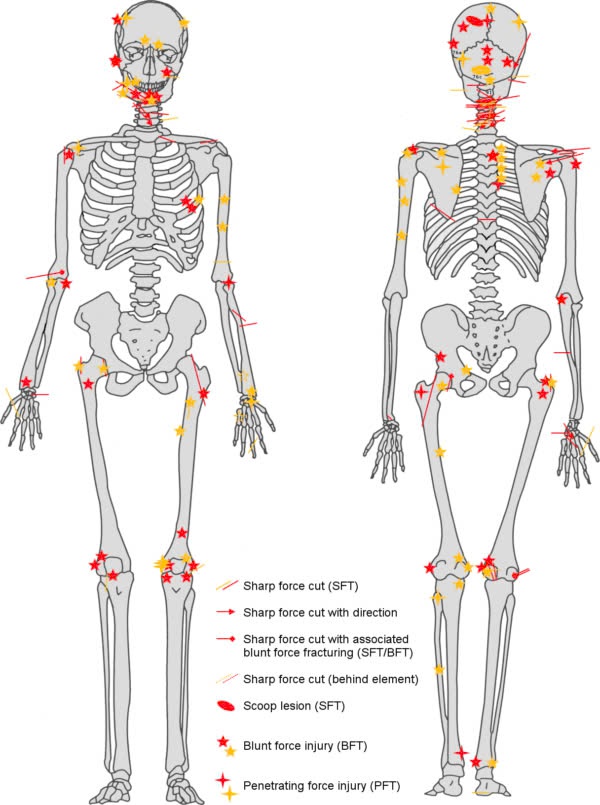
Through advanced scientific techniques, including DNA analysis and isotope testing, the research team determined that some of the fallen warriors were born in Europe. Carbon dating placed their deaths around the 13th century, coinciding with known sieges of Sidon by Mamluk troops in 1253 and Mongols in 1260.
Brutal Evidence of Ancient Combat
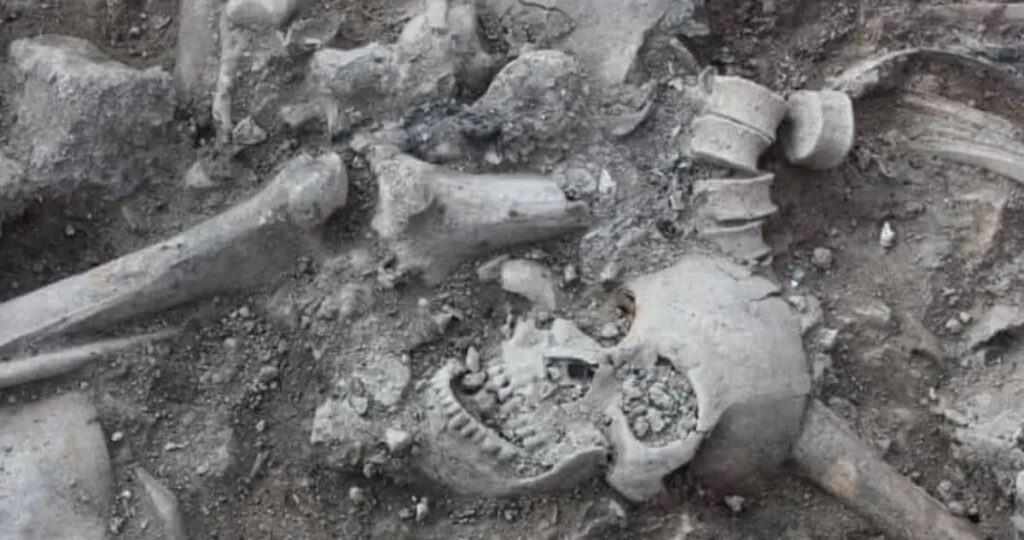
The skeletal remains tell a harrowing tale of the battle’s ferocity. Some bodies show sword wounds to the back, suggesting they were struck down while fleeing. Others bear marks of decapitation, indicating possible post-battle executions. One individual suffered an astonishing minimum of 12 injuries across at least 16 bones, potentially representing a case of “overkill.”
A Royal Connection?
Dr. Piers Mitchell of the University of Cambridge, a crusader expert involved in the project, raised an intriguing possibility. He noted that King Louis IX of France was on crusade in the Holy Land during the 1253 attack on Sidon and personally assisted in burying the dead. This raises the tantalizing question of whether the French king himself might have helped inter these very bodies.
Significance of the Find
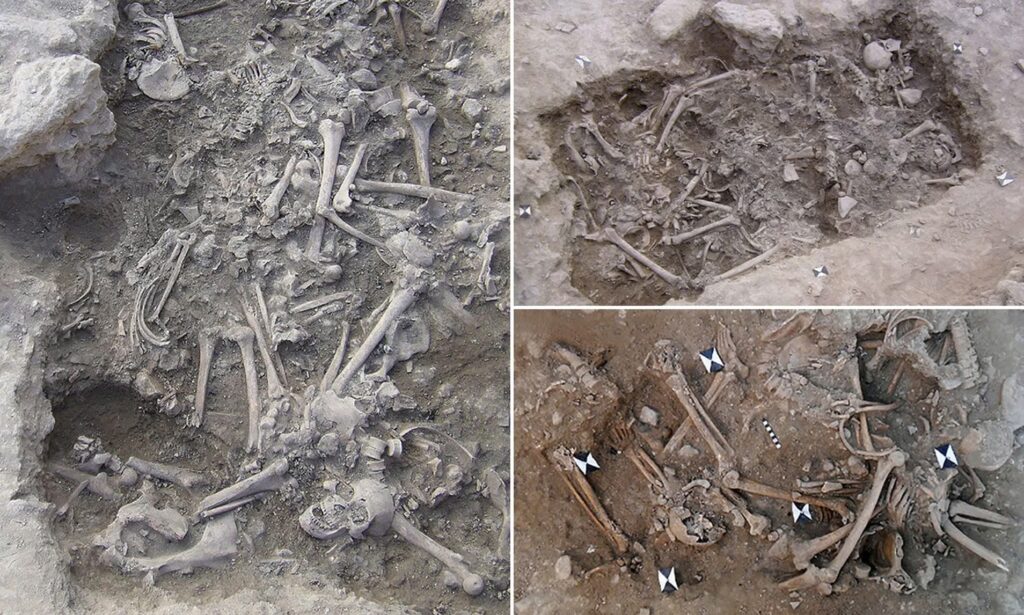
This rare discovery of soldiers killed in famous Crusade battles provides archaeologists with unprecedented insights into medieval warfare. It offers a glimpse into crusader demographics, weapon techniques, and injuries, as well as burial practices of the time. Most importantly, it brings to life the horrific reality of these ancient conflicts, reminding us of the human cost of the Crusades that raged from 1096 to 1291.
